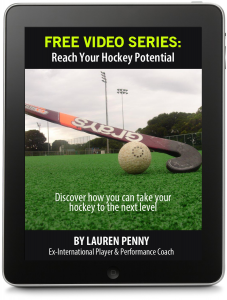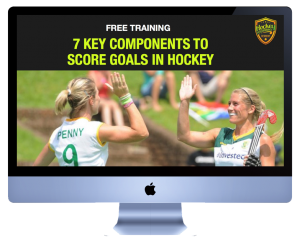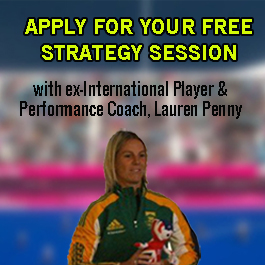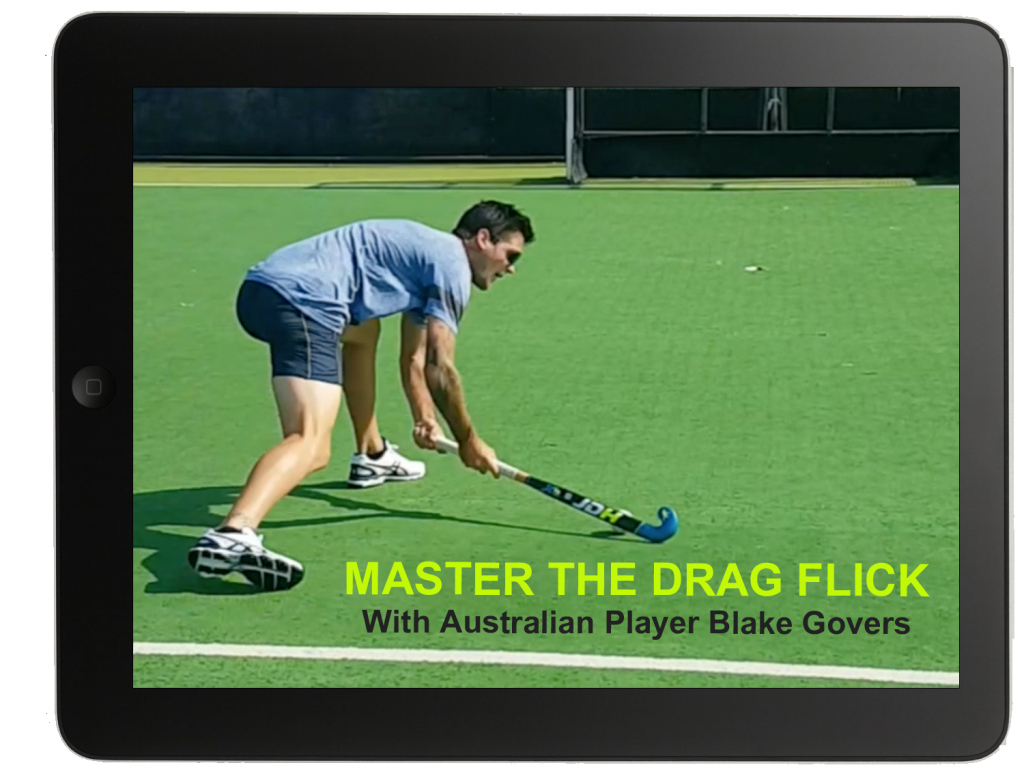Field Hockey Vision – “It was like seeing 3D or HD TV for the first time”
I haven’t played hockey for almost 2 years. The reason is because I have been struggling with frozen shoulder, which was caused from a shoulder operation I had which was due to multiple shoulder dislocations over the last 10-15 years.
Although I am still very involved in hockey especially coaching the mental and physical aspects of the game, talking about hockey everyday made me miss playing. After some persuasion from the coach I decided to try get back into playing again just last week.
The reason I am telling you this is because when I played this first game back last week I only lasted about 5 minutes. Not through lack of fitness, but rather through lack of sight.
I completely forgot that my eyesight was not as good as it used to be and that I needed contact lenses to see on the field. However, on this same day I realised that my contact lenses had dried out and I couldn’t get new ones in time for our first friendly game.
I only realised I needed contact lenses in 2012 when I was playing hockey in India (Olympic Qualifier tournament). It was during a team video analysis session (I couldn’t see the players numbers on the screen) that my coach instantly sent me to get my eyes tested.
That same day in India I received glasses and contact lenses, which took some time getting used to. The first time I put them in took about 30 minutes but once they were in, I couldn’t believe how clear everything was. It was like seeing 3D or HD television for the first time. All my life I had been living half blind and I was just used to it because I thought it was normal.
Lesson #1 – make sure you get your eyes checked for vision on the hockey field.
Last week when I realised I didn’t have any contact lenses, although I was a bit concerned I thought I could manage without them. Well, truth be told I couldn’t.
It was such a horrible feeling, as a former international player making a come back into a new team after 2 years of being injured but then coming off the field because I couldn’t see the ball was not only a bad start to a come back but it was also embarrassing for not being prepared.
I am always telling people to be prepared for anything but in this instance I wasn’t, so it was a good reminder for myself to practice what I preach. That is why this week’s blog is about having better vision on the pitch….
Do you remember a time when you completely missed the ball, had a mis-timed shot or gave a bad pass?
It may not be because you lack the skill or ability (especially if you have executed it before), but it could have something to do with a breakdown in your visual system.
Here are 7 Factors To Better Vision On The Hockey Field:
#1: Hand-eye co-ordination
has to do with how your body responds to information which has been gathered by your eyes. It will influence your body control and timing. This is particularly useful in doing skills effectively to beat players.
#2: Depth Perception
is the ability to judge the distance between yourself, the ball, other players and the goal line. This is useful particularly with timing of leads, how much power to use in passes and of course goal scoring.
#3: Visual concentration
It is easy to get distracted by what is happening around us and our eyes can react to things like spectators, what other players are doing or even something away from the field like a bird flying past. Visual concentration is the ability to stay focussed on the ball instead of any distractions.
#4: Eye tracking ability
The ball can move pretty quickly in hockey, so it is important that you are able to follow objects without moving your head too much. Eye tracking allows you to have better balance and react to situations quicker.
#5: Dynamic visual acuity
The ability to clearly see the ball while you and/or the ball is moving fast. It is taking in visual information and processing it quickly. An example in hockey may be chasing or leading towards a ball will it is traveling into a space ahead of you.
#6: Peripheral vision
This is best explained as what you can see out the corner of your eye, for example an action that you can see to the side without having to turn your head. A good example in hockey would be seeing a lead that your team mate makes without looking directly at them.
#7: Visual reaction time
This is the speed at which your brain interprets and reacts to an action in the game. For example when a player passes the ball to you quickly and you try to one time it, but you are a little late and miss the ball completely.
Did you know that you can train to improve your vision and decision making on the field?
Vision training is done by most top international teams and at higher levels it can be the difference between top players. Vision also affects your decision making because the more your eyes can see, the more information your brain has to make the best decision in that moment. In fact, anyone can improve their vision and decision making with a bit of specific vision training.
Here are just some benefits of vision training:
 More time on the ball
More time on the ball- Reading the game well
- Being a step ahead of the game
- Better decision making
- Accurate passes
- Faster reactions
- Being in the right place at the right time
- More interceptions
- Seeing space more easily
One exercise that everyone knows is juggling, it’s great for improving spacial awareness and hand-eye co-ordination. Give it a try. If that’s too easy, add in more balls or some movement.
In our Hockey Performance Academy training we dedicate an entire module to improving vision on the hockey field which includes many different exercises that you can do to improve your vision & decision making. The vision module was partly put together by Dr Zoe Wimshurst who has worked with the GB Men’s Hockey Team and also other professional athletes such as Cristiano Ronaldo.











